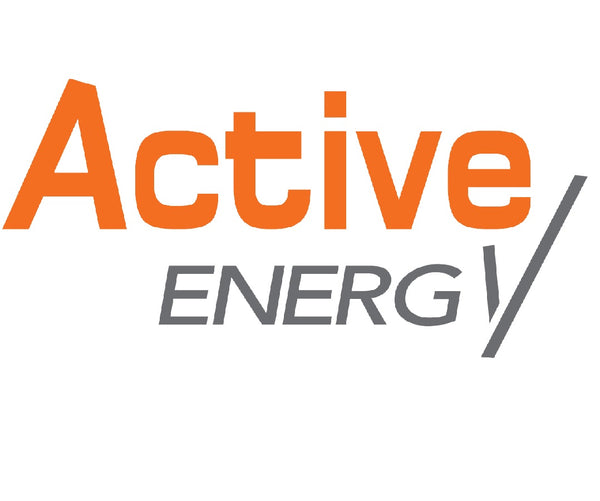PV and energy storage are two interconnected technologies that play a significant role in the renewable energy sector. Here is a brief overview of each:
-
PV (Photovoltaic): PV refers to the technology of converting sunlight into electricity using solar panels. Solar panels, also known as PV modules, are made up of multiple solar cells that generate electricity when exposed to sunlight. PV systems are widely used for residential, commercial, and utility-scale applications.
-
Energy Storage: Energy storage systems store excess electricity generated from renewable energy sources, such as PV, for later use. They help to address the intermittent nature of renewable energy generation and ensure a stable and reliable power supply. Energy storage can be achieved through various technologies, including batteries, pumped hydro storage, flywheels, compressed air energy storage, and more.
Why PV and Energy Storage are important:
-
Grid Stability: PV systems, especially when combined with energy storage, contribute to grid stability by providing a consistent power supply. Energy storage systems can store excess energy during periods of high generation and release it during times of low generation or increased demand.
-
Renewable Integration: The combination of PV and energy storage enhances the integration of renewable energy into the grid. It allows for better management of fluctuations in solar generation, making renewable energy more reliable and reducing the need for fossil fuel-based backup generation.
-
Peak Shaving and Load Shifting: Energy storage systems can help reduce peak demand on the grid by storing excess energy during off-peak hours and supplying it during peak demand periods. This helps to alleviate stress on the grid and reduce the reliance on expensive peak power generation.
-
Off-Grid and Remote Applications: PV and energy storage systems are ideal for off-grid and remote locations where a connection to the centralized grid may not be feasible. They provide a reliable and sustainable source of electricity, enabling independence from traditional energy sources.
-
Cost Savings and Resilience: PV combined with energy storage can help reduce electricity costs by optimizing energy consumption and reducing reliance on grid power. Additionally, it enhances resilience by providing backup power during grid outages or emergencies.
In summary, PV and energy storage technologies are integral to the growth of renewable energy. They enable a stable and reliable power supply, facilitate renewable integration, and offer numerous benefits, including grid stability, cost savings, and increased resilience.
